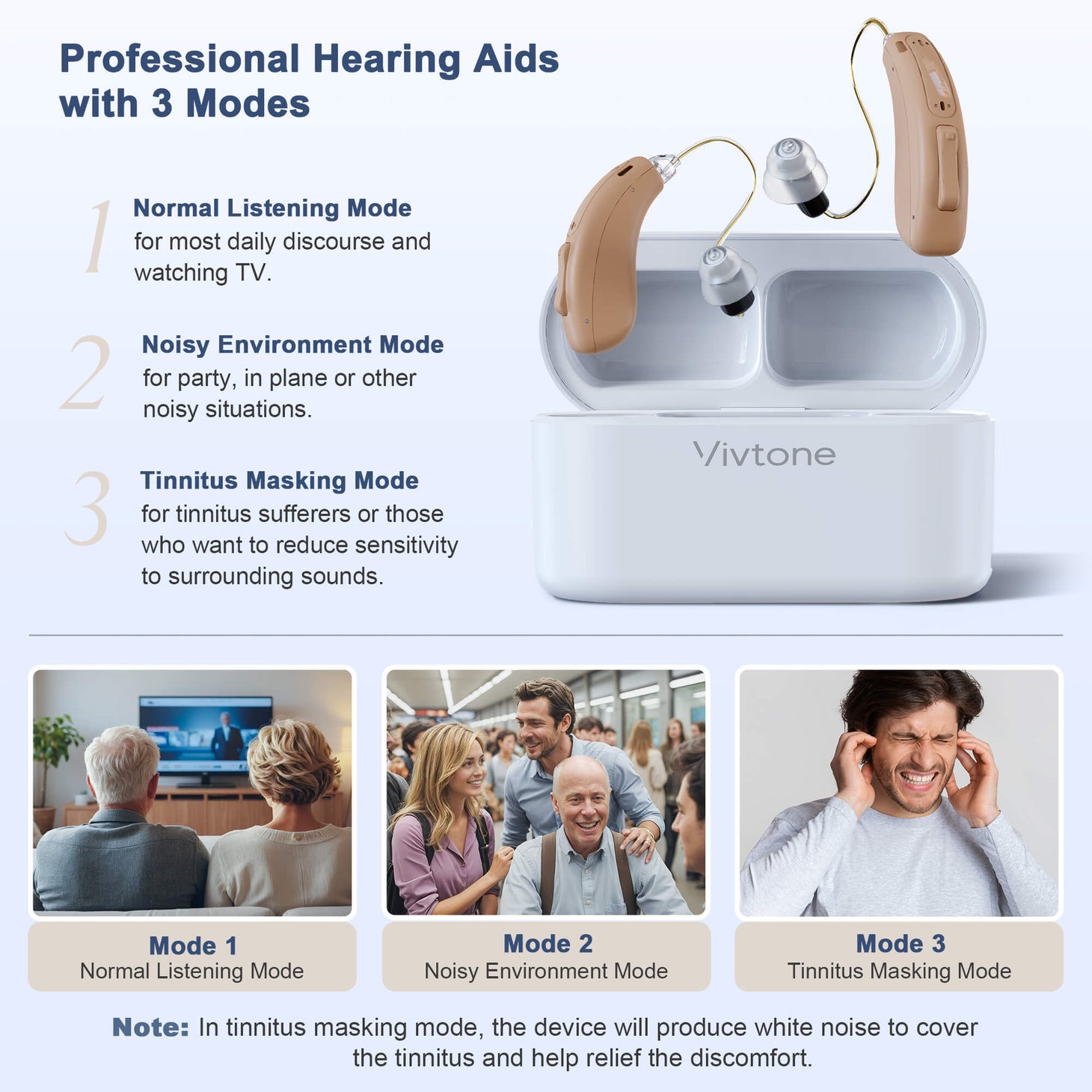When it comes to hearing aids, the move towards rechargeable options has been gaining momentum in recent years. This shift not only offers convenience to users but also has a significant impact on the environment. In this article, we will delve into the environmental implications of rechargeable hearing aids and explore how they contribute to a greener future.
The Environmental Impact of Traditional Hearing Aid Batteries
Traditional hearing aids rely on disposable batteries, which are often made of harmful materials such as mercury and lead. When these batteries are disposed of in landfills, they can leach these toxic substances into the soil and water, posing a threat to the environment and human health. Moreover, the production and transportation of disposable batteries contribute to carbon emissions, further exacerbating the environmental impact.
On the other hand, rechargeable hearing aids eliminate the need for disposable batteries, significantly reducing the amount of hazardous waste generated and the carbon footprint associated with battery production and transportation. This shift towards rechargeable options aligns with the global effort to minimize electronic waste and promote sustainable practices.
The Advantages of Rechargeable Hearing Aids
Aside from their environmental benefits, rechargeable hearing aids offer several advantages to users. They provide a cost-effective solution in the long run, as users no longer need to purchase and replace disposable batteries regularly. Additionally, the convenience of simply recharging the hearing aids overnight eliminates the hassle of handling and disposing of small batteries, making them a user-friendly option.
Furthermore, the advancements in rechargeable technology have led to longer battery life and improved performance, addressing the concerns that users may have had in the past. These developments have made rechargeable hearing aids a viable and attractive option for individuals with hearing loss.
Embracing Sustainable Practices in Hearing Healthcare
As the demand for hearing aids continues to rise globally, it is essential to consider the environmental impact of the choices we make. By opting for rechargeable hearing aids, individuals can actively contribute to sustainable practices in hearing healthcare. This shift not only benefits the environment but also promotes a more responsible and eco-conscious approach to managing hearing loss.
Moreover, healthcare providers and hearing professionals play a crucial role in advocating for greener solutions such as rechargeable hearing aids. By educating their clients about the environmental benefits and long-term advantages of rechargeable options, they can encourage the adoption of sustainable practices within the industry.
Looking Towards a Greener Future
As technology continues to evolve, the development of rechargeable hearing aids represents a significant step towards a greener and more sustainable future. By embracing these innovative solutions, we can minimize the environmental impact of hearing healthcare and contribute to a healthier planet for future generations.
In conclusion, the transition to rechargeable hearing aids offers a greener solution for individuals with hearing loss, healthcare providers, and the environment as a whole. By understanding the environmental impact of our choices, we can make informed decisions that benefit both our well-being and the planet. Let's continue to explore and support sustainable practices in hearing healthcare, starting with the adoption of rechargeable hearing aids.

